Discovering New Zealand's North Island on an unforgettable road trip
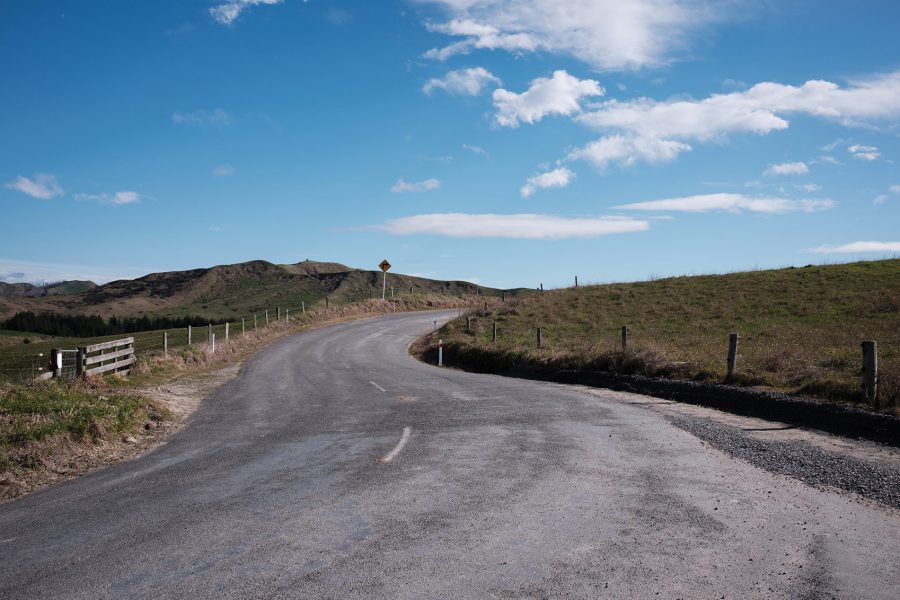
The roof of the Waitomo Caves glitters with constellations in pale blue. A galaxy of thousands of glow worms. In a metal boat, we float silently under these heavens, necks craned to the universe above. This was worth the flight. Worth the drive.
We pick up our car from Hertz at Auckland Airport and are on the road in minutes. It’s not long before the Auckland suburbs fade away to reveal an endless succession of green hills that you might call “rolling”, if it weren’t for the fact that they look so dramatic. Muscular, almost. It’s as if you took the British countryside and stretched it upwards by half as much again.
This unerringly beautiful country doesn’t often operate in straight lines. Take the grandiloquently named State Highway 1, which runs some 2,000km from tip to toe of the nation – and is a single carriageway road for most of its length. It follows the contours of the land, and you are swept along for the ride through gliding curves and sharper corners; long hill climbs followed by graceful descents. Always with a view.
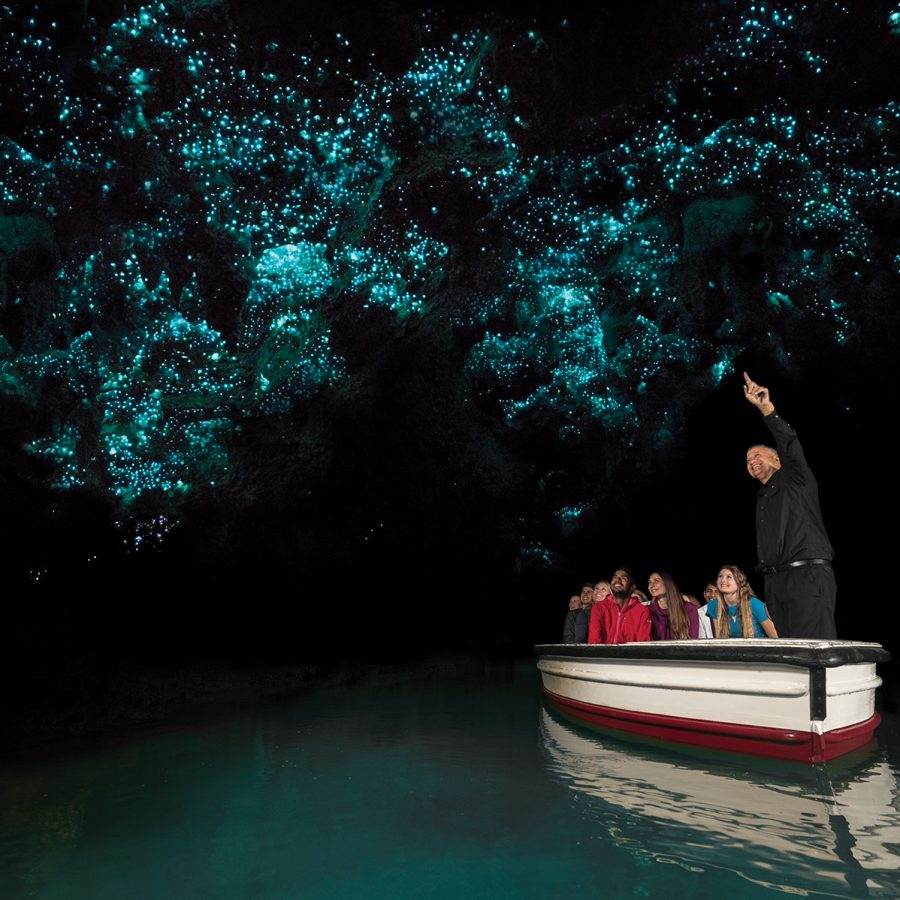
The plan is to head south first. From Auckland to Wellington, via surf town Raglan, the Waitomo glowworm caves and then sunset at Lake Taupo. Down the Desert Road, a surprise of wind-blasted bush and very satisfying driving. Always to the right hovers Mount Ngauruhoe, better known as its Lord of the Rings alter ego, Mount Doom.
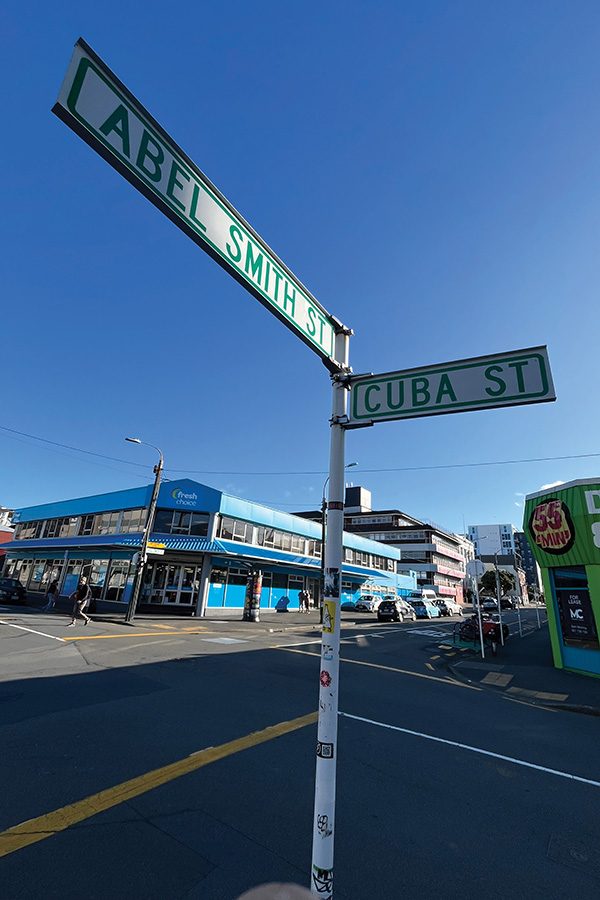
Credit: Adam White
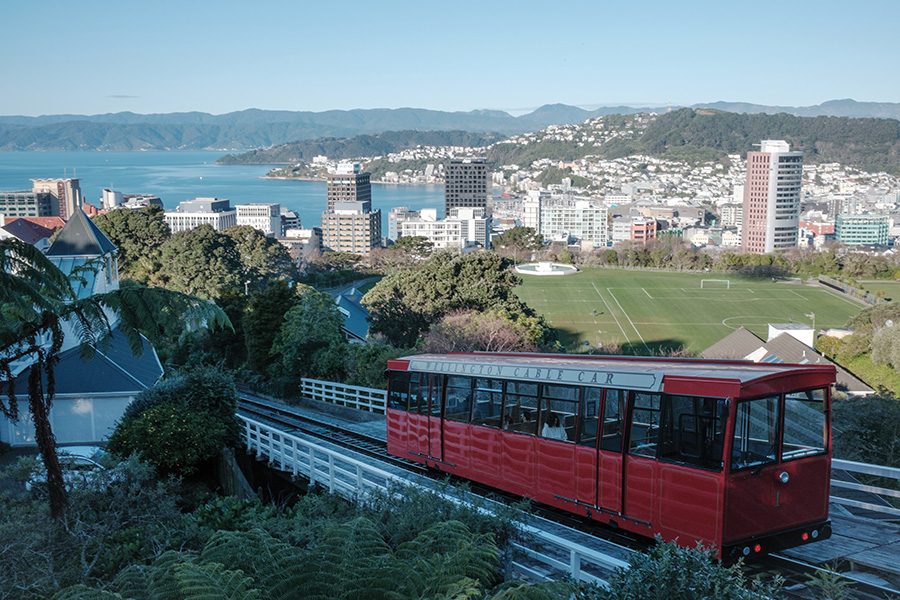
Credit: Adam White
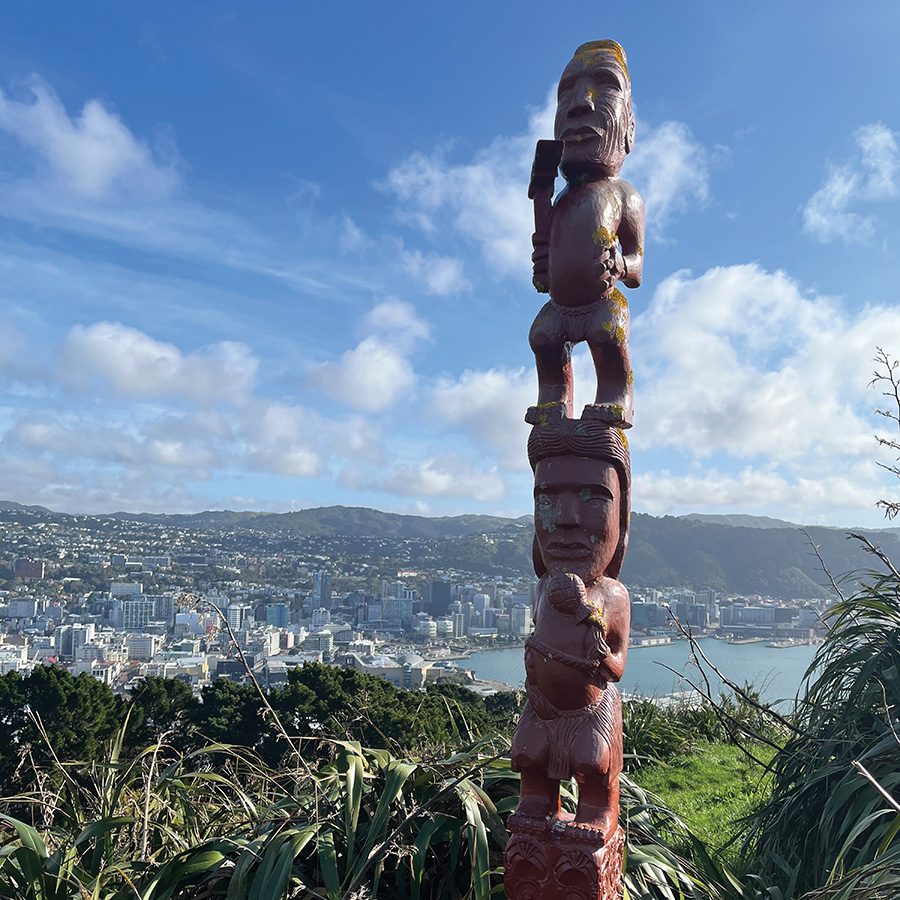
Credit: Adam White
At the island’s southern tip is Wellington: the seat of government is a small, hip city. We drive up to the Mount Victoria lookout for a lay of the land then head into town. Cuba Street is lined with bars and cool vintage stores. We grab waterfront drinks at the docks and venture out to funky Lyall Bay surfers’ hangout Maranui Cafe . Don’t miss the Museum of New Zealand Te Papa Tongarewa : this national museum is an essential piece of context in a country forged on uneasy alliances.
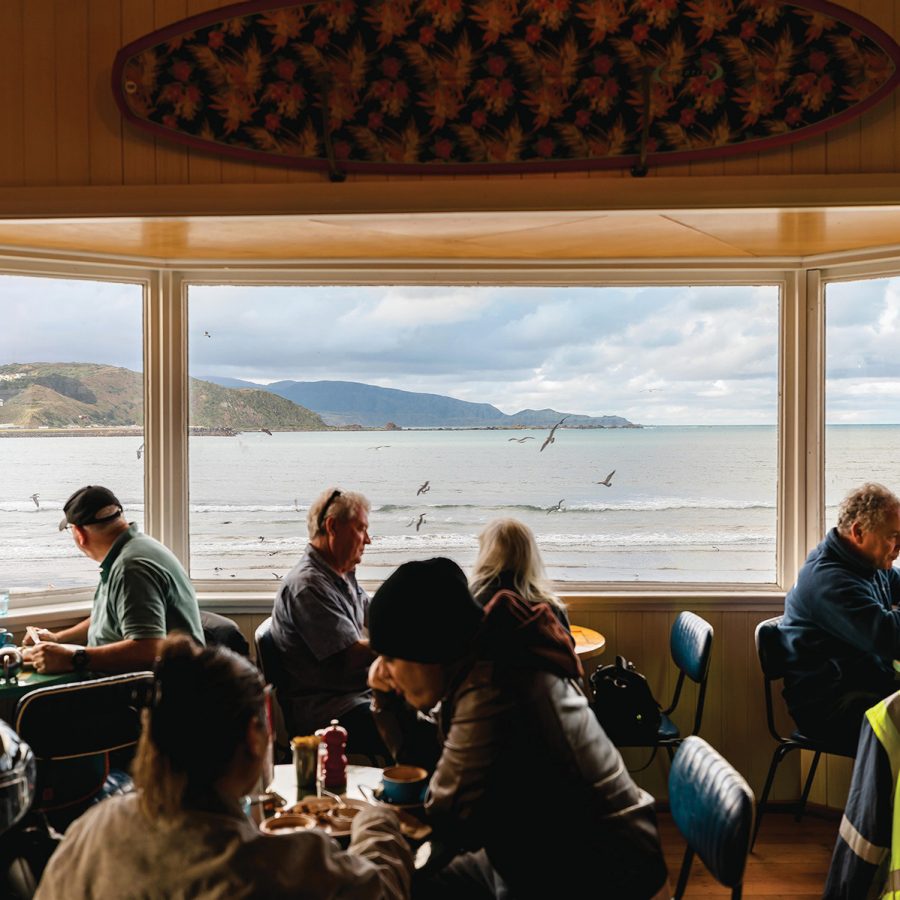
Credit: WellingtonNZ Phoebe Mackenzie
Just out of Wellington, the Remutaka Pass is 30 minutes of glorious, corkscrewing driving as you wind over the Remutaka range down towards Martinborough on the other side. When Britain joined the EU in the ’70s, this quiet sheep station lost its main export market. Then they realised that the soil and growing conditions were remarkably similar to that of Burgundy – and so a pinot noir industry was born.
Martinborough is now a town of about 20 wineries, all located next to each other – meaning that you don’t have to drive warily between cellar doors. Instead, hire a rickshaw or bike from Green Jersey Explorer Tours and spend a day cycle-hopping between wine tastings. Any bottles you buy can be left behind, and they’ll collect them all for you at the end of the day. It’s hard to go wrong but we highly recommend the intimate Tiwaiwaka Wines or a meal at the elegant Palliser Estate . Martinborough sits in a Dark Sky Reserve, which means that after a hard day’s tasting, you can kick back – ideally in a hot tub – and watch the Milky Way glow as shooting stars zip across your eyes.
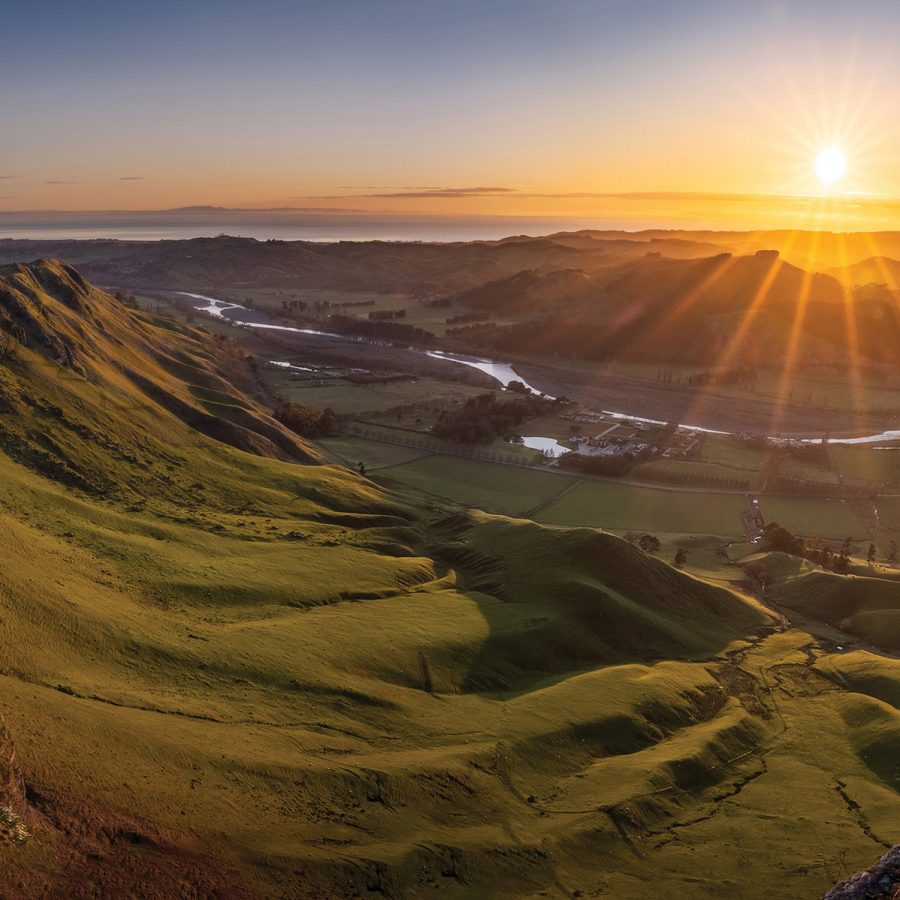
Credit: Jos Buurmans or 500px/Getty Images
From Martinborough, we head north to Hawke’s Bay – the North Island’s other great wine region. Here the wine is chunkier, more sophisticated, granite-infused – have a meal and tour the Craggy Range winery before heading all the way up to the top of Te Mata Peak, which lords over the area.
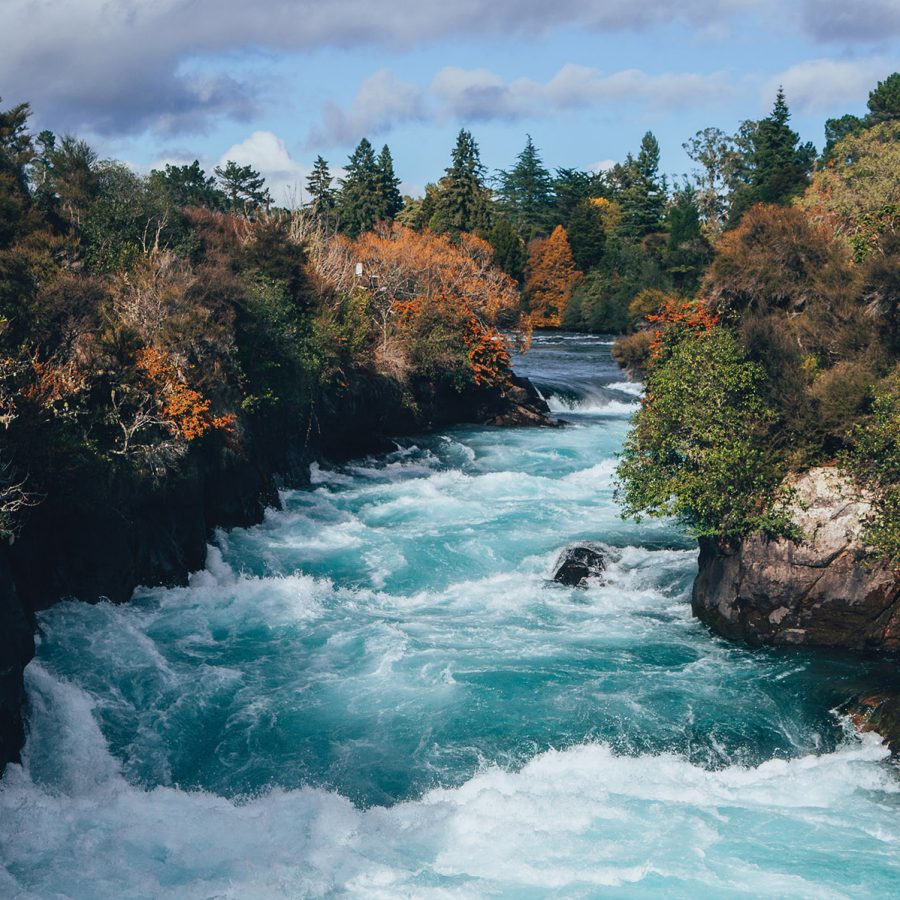
Credit: Bernd Kaeferboeck/Getty Images
The road takes us inland once more, to forest roads and chance discoveries. The Waipunga Falls lie just seconds off the highway, tonnes of water crashing down into impeccable green. Another 45 minutes northeast, the equally accessible and much more famous Huka Falls deserve the plaudits: a constant, churning waterway that roils in a pale, unreal cerulean.
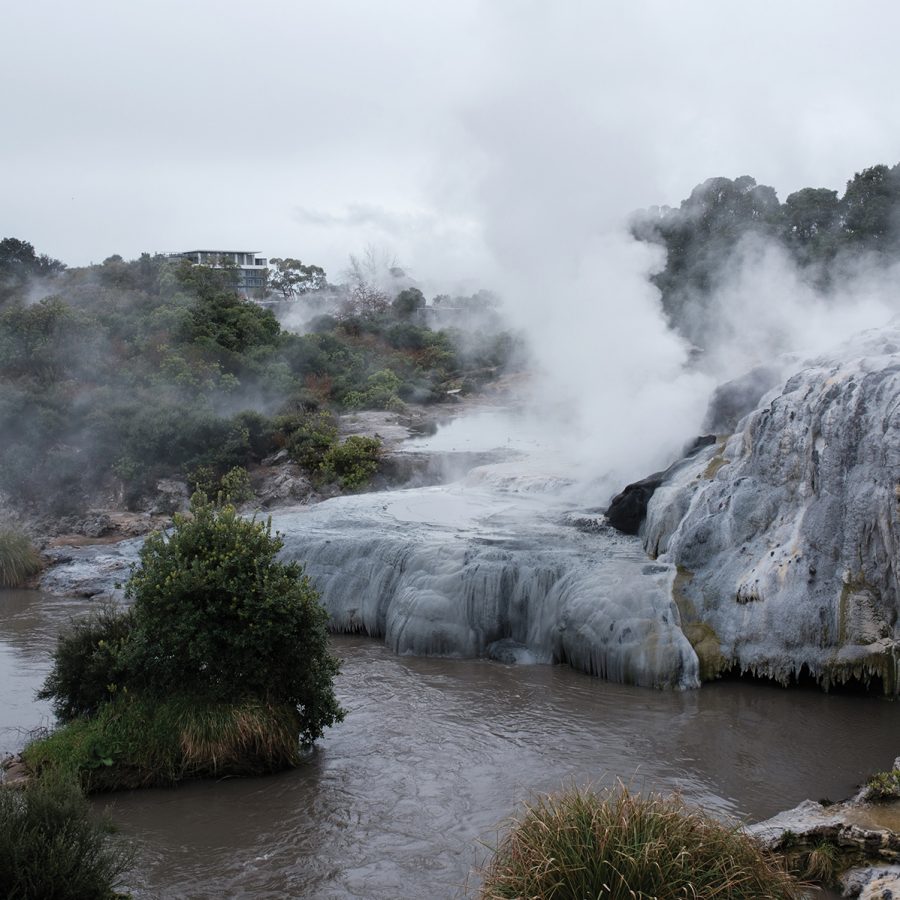
Credit: Adam White
You’ll smell Rotorua before you see it, as they say. This is a town built on its geothermal activity, but it’s also where New Zealand’s Māori culture most shines through. The Te Puia geothermal park combines the Pōhutu Geyser – the southern hemisphere’s largest – with the New Zealand Māori Arts and Crafts Institute , working to keep traditional cultures alive. On our guided tour, our kaiārahi, or guide, Mikaere Raimona tells us about the tā moko tattoos on his face – the kiwi, the owl – and how each tells a story that’s not just personal but a tale of family, of roots, of identity.
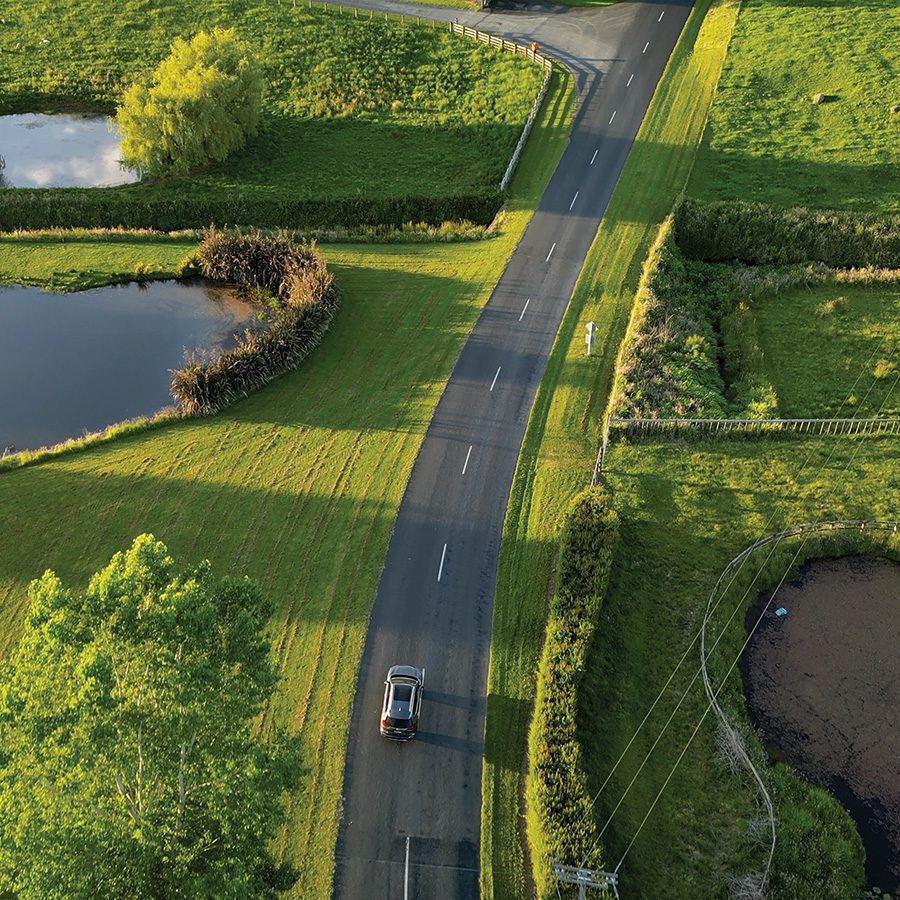
Credit: Eliud Kwan
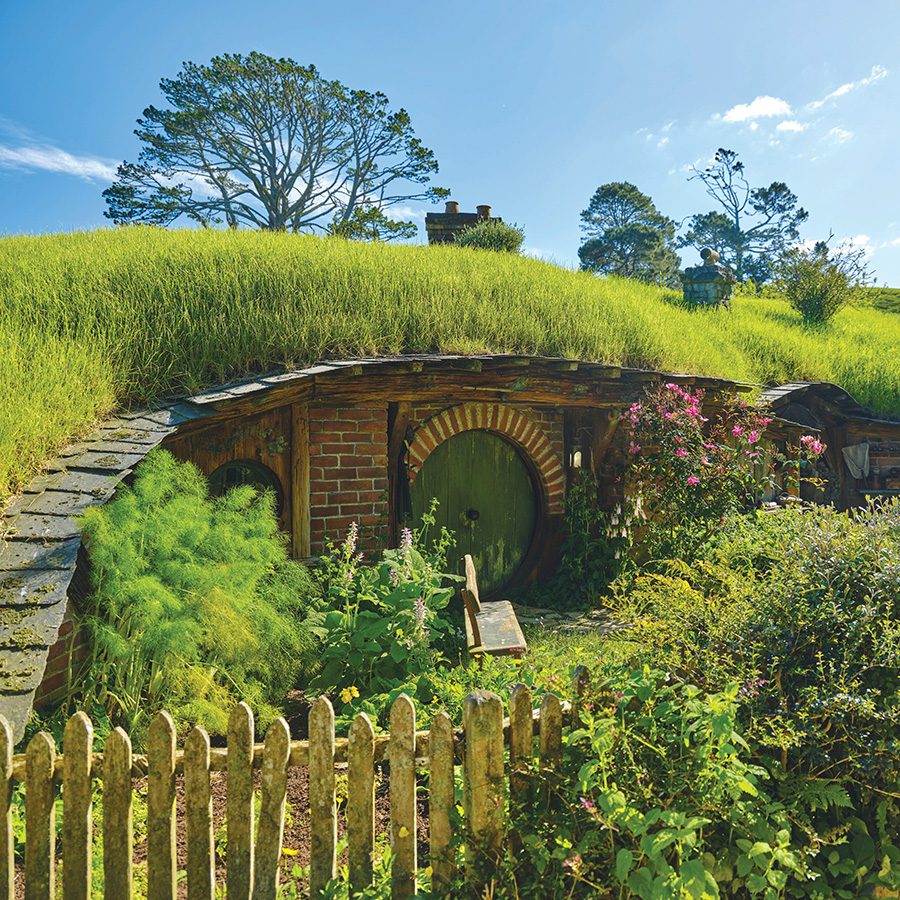
Credit: Eliud Kwan
From one kind of culture to another. The Hobbiton Movie Set lies on the road back to Auckland, and it’s a marvel. Rebuilt for the Hobbit trilogy of movies as a permanent attraction, it’s stunningly well done even if you have only a passing interest in the movies. At the new Bagshot Row hobbit holes, opened last December, you can take a short walk into the winding, dense, tiny homes that feel impeccably real.
We drive up, up, to the Northland region: past Auckland, past Whangārei, the northernmost city in New Zealand. Kiwis tell me to note the traffic lights at Whangārei: the last set you’re likely to see. It’s still a four-hour drive to the top of the country.

Credit: Adam White
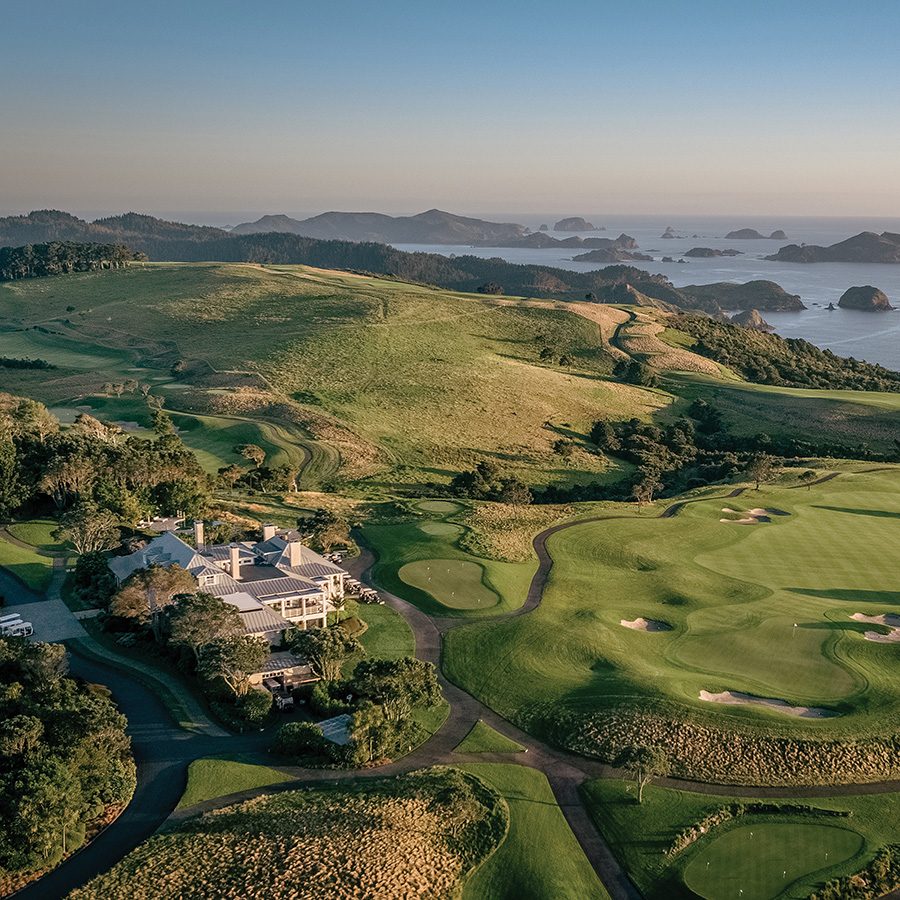
At last we reach the gorgeous Rosewood Kauri Cliffs , a pioneer of the luxury lodge concept that’s spread from New Zealand to Australia as well. It’s a stay that lingers in the mind: this is a 2,400-hectare property with warm, generous staff, three private beautiful beaches, a spa that looks out onto a forest and a championship golf course with spectacular views of the Pacific.
Spectacular views are a common theme in the Northland. We’re next to the Bay of Islands, a collection of 144 islands – some of which are privately owned – which dot a picture-perfect bay. You can hop on a half-day boat tour, but the best way to explore it is from the sky. Salt Air runs helicopter flights with extraordinary views – and they’re the only operator cleared to land at the “Hole in the Rock”, at the opening of the bay. The tiny landing pad appears out of nowhere at the tip of this tall island, and we float to an airy, sky-high stop. Our pilot walks us around the summit and gestures east: “the next thing that way is Chile.”
Back on land, we explore the Waitangi Treaty Grounds , birthplace of the founding document of the nation. And we catch the 15-minute ferry across the Bay of Islands from Paihia to the lovely community of Russell. New Zealand’s first permanent European settlement was once a lawless place known as the “Hellhole of the Pacific” – now home to chic boutiques, pizza joints and the Pompallier Mission and Printery, a delightful insight into the 19th-century printing and bookbinding activities of the building’s former Catholic mission.
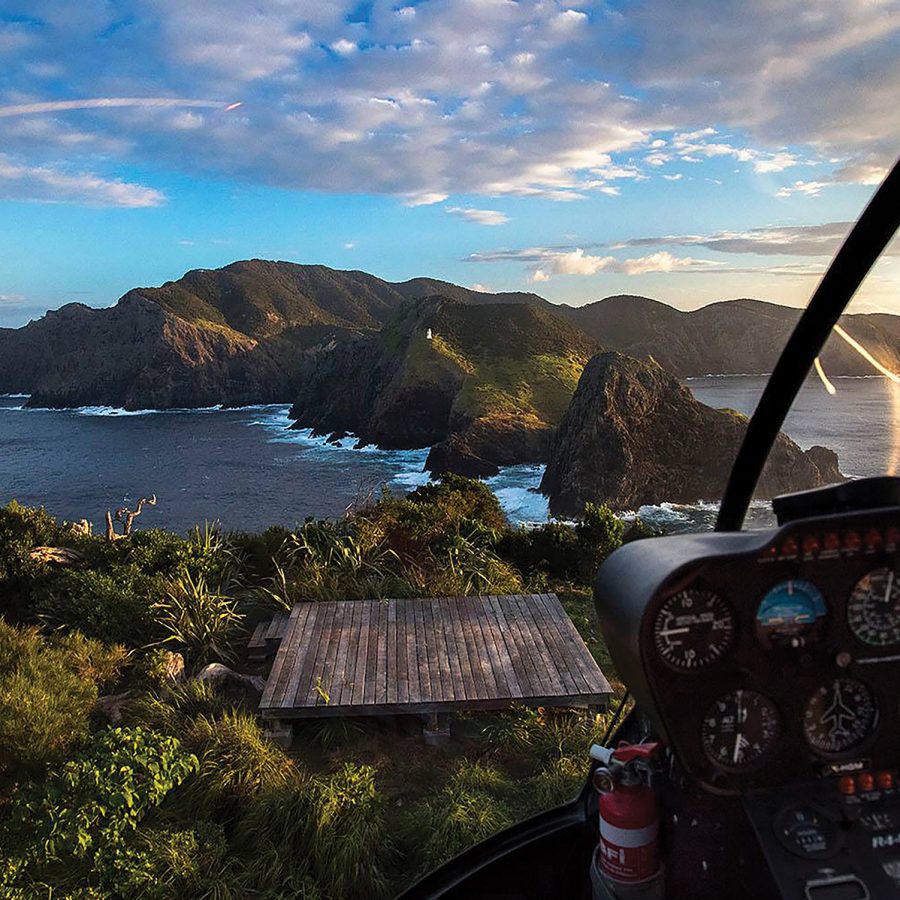
We turn south one last time, heading back towards Auckland. One final afternoon on the road, savouring another picture-perfect sunset chasing us into the city. By the time we arrive at Auckland airport, we’ve clocked 2,587km in 14 days. The North Island has shown itself every bit the equal of the South. But now it’s time to swap sweeping bends and tarmac for the curve of the earth; for moonlit clouds; for the promise of home.
More inspiration
Auckland travel information
- China – the Chinese Mainland, Hong Kong SAR, Macao SAR and Taiwan Region
- Hong Kong SAR - English
- Chinese Mainland (China) - English
- Taiwan, China - English
- 香港特別行政區 - 繁體中文
- 中国內地 - 简体中文
- 中國台灣 - 繁體中文
- Africa
- South Africa - English
- Asia
- Bangladesh - English
- Korea - English
- Singapore - English
- Cambodia - English
- 한국 - 한국어
- Sri Lanka - English
- India - English
- Malaysia - English
- Thailand - English
- Indonesia - English
- Maldives - English
- ประเทศไทย - ภาษาไทย
- Indonesia - Bahasa Indonesia
- Myanmar - English
- Vietnam - English
- Japan - English
- Nepal - English
- Việt Nam - tiếng Việt
- 日本 - 日本語
- Philippines - English
- Australasia
- Australia - English
- New Zealand - English
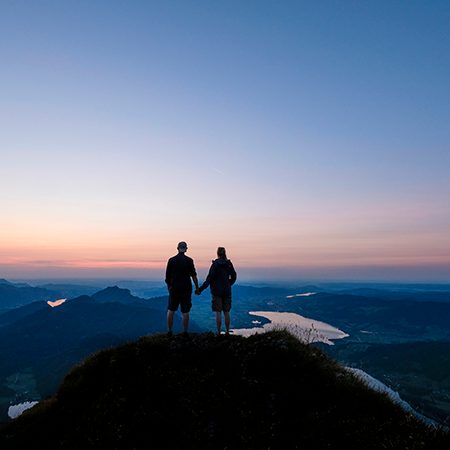




.renditionimage.450.450.jpg)

